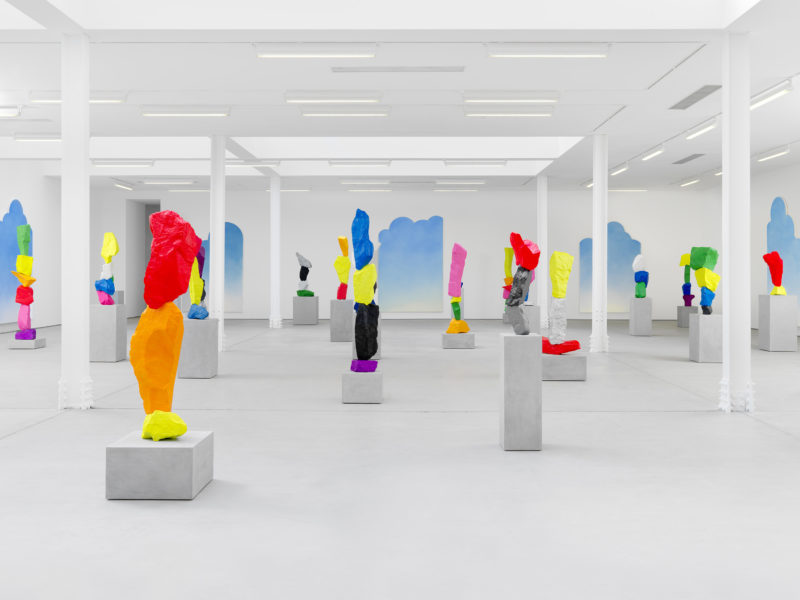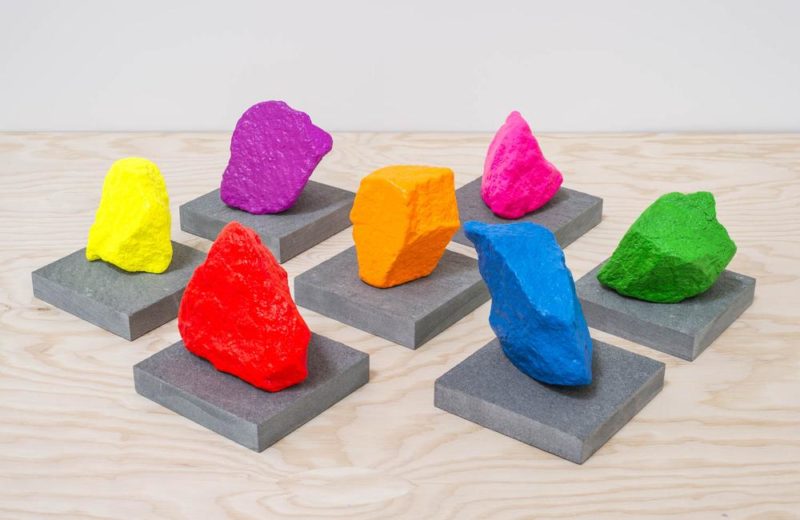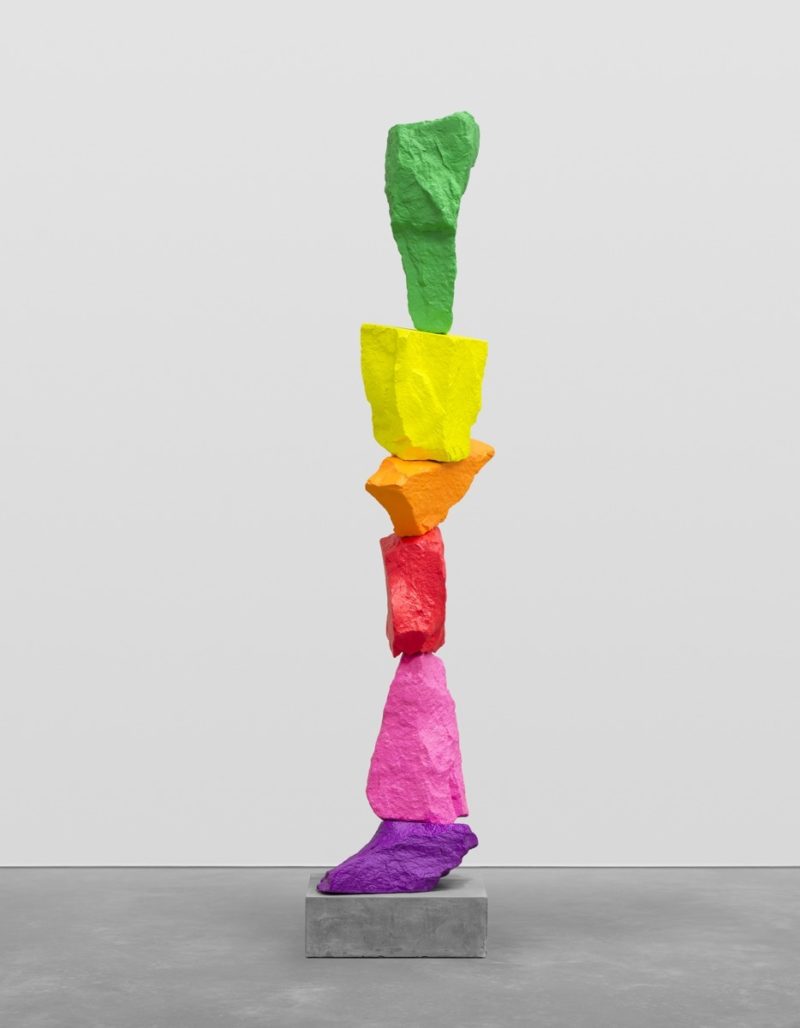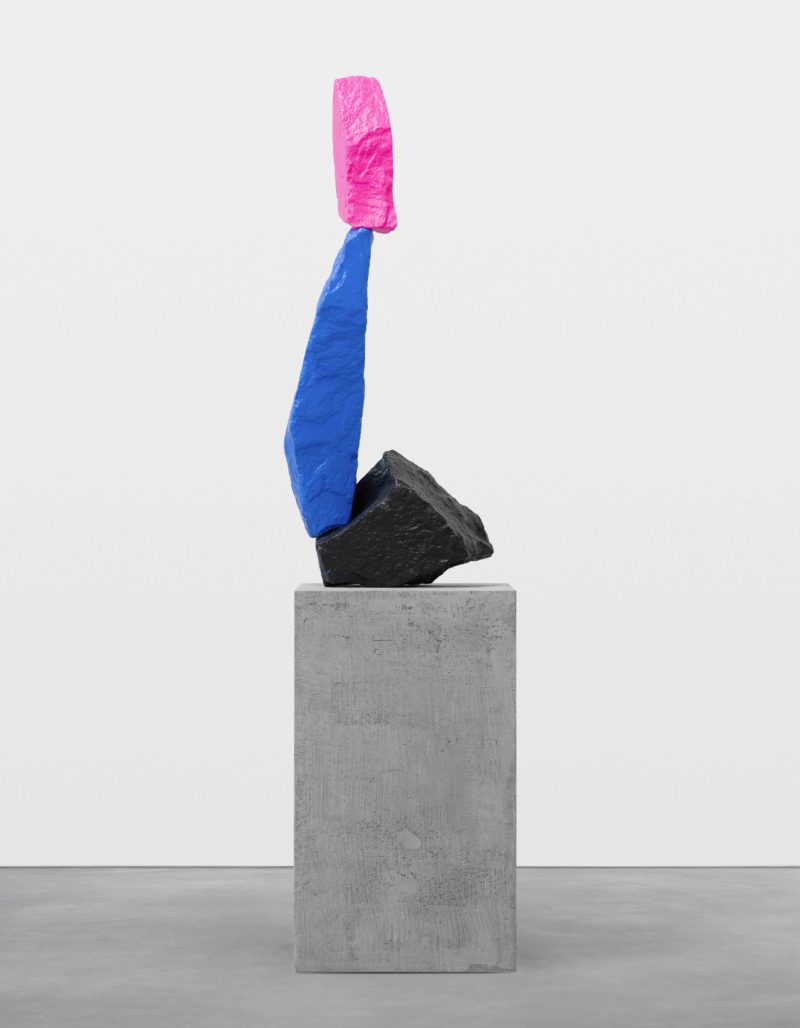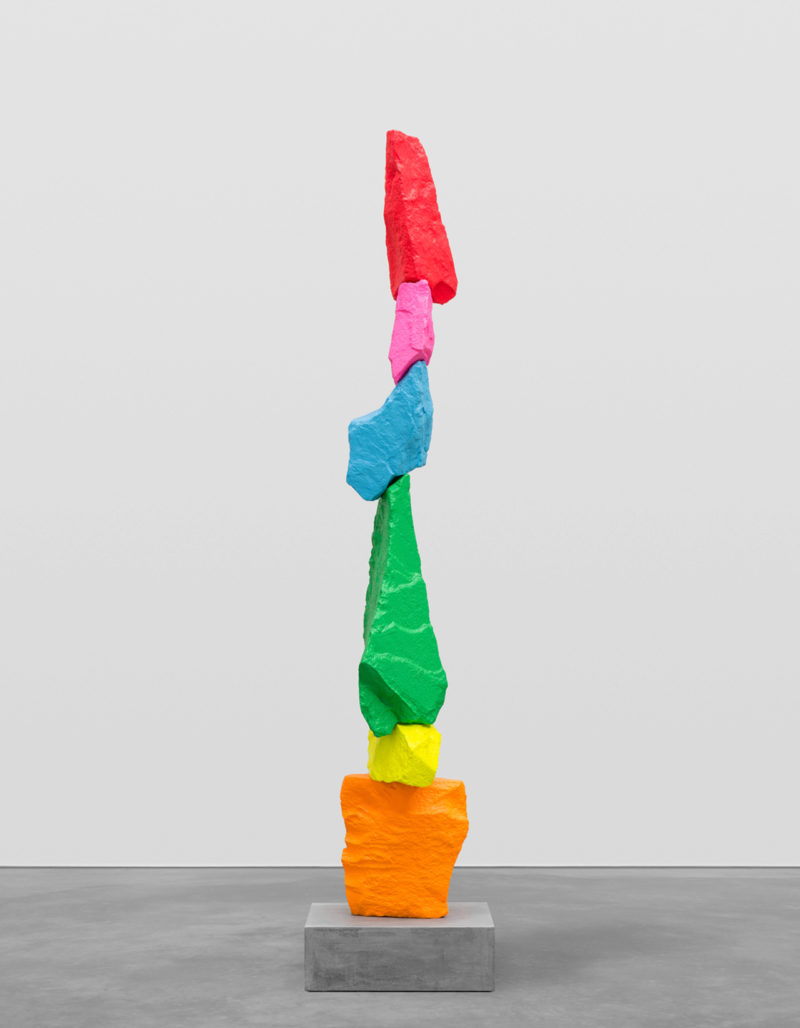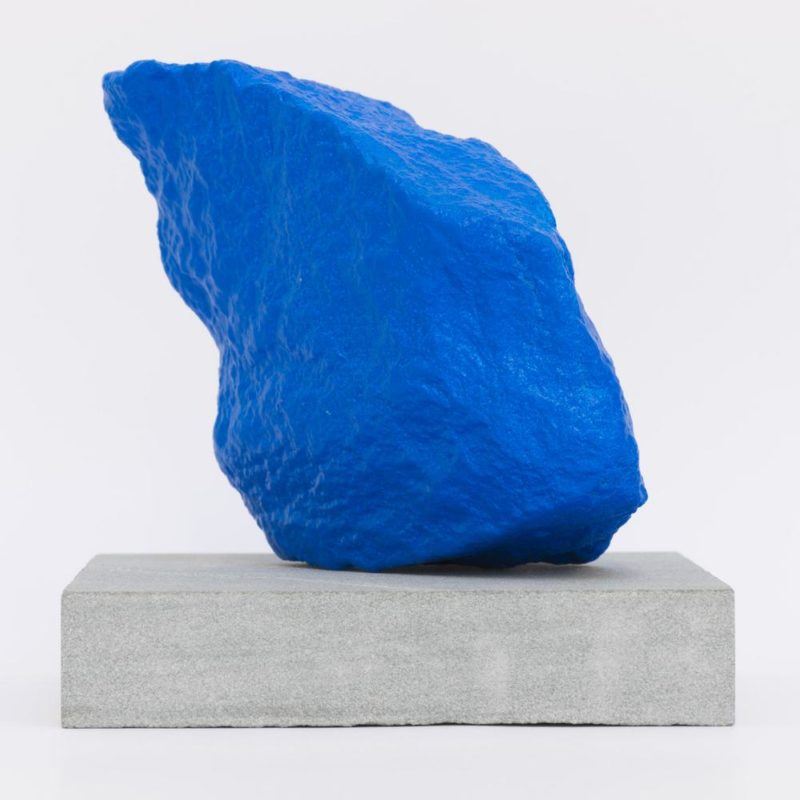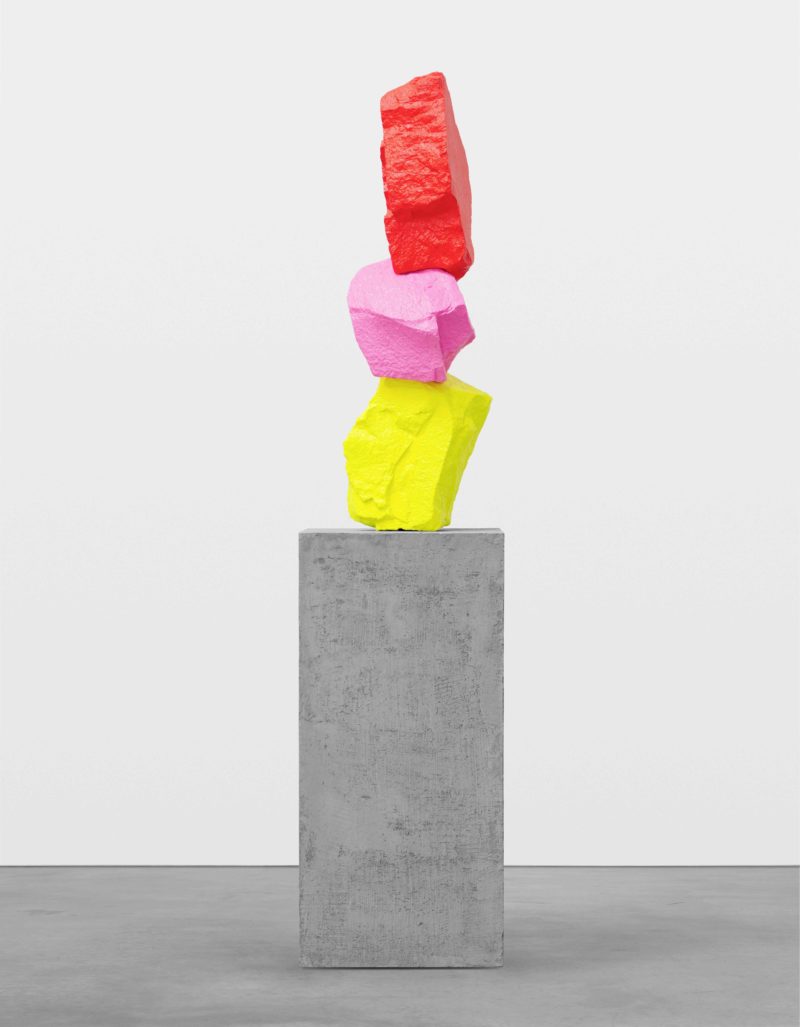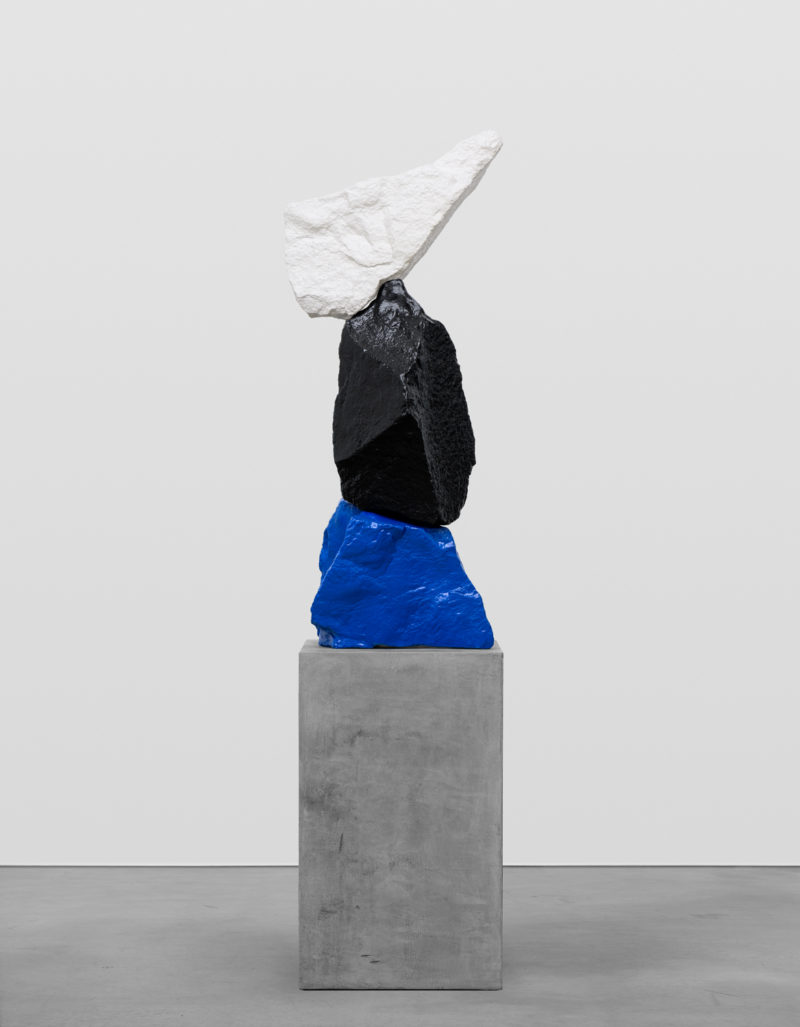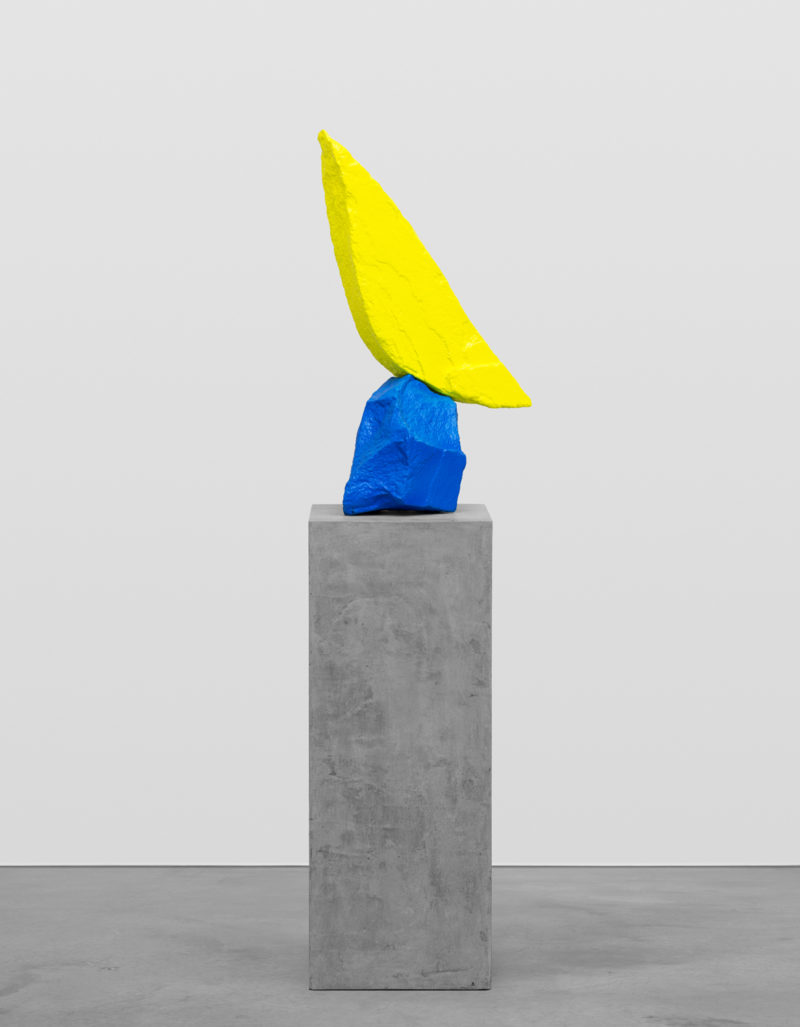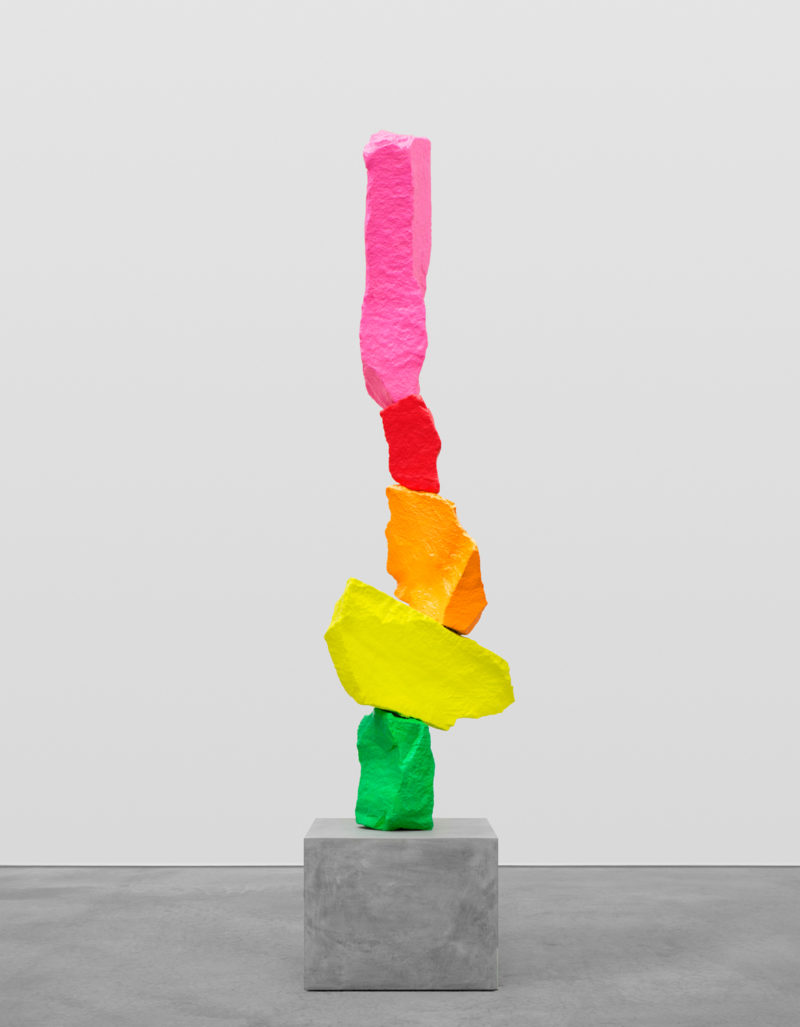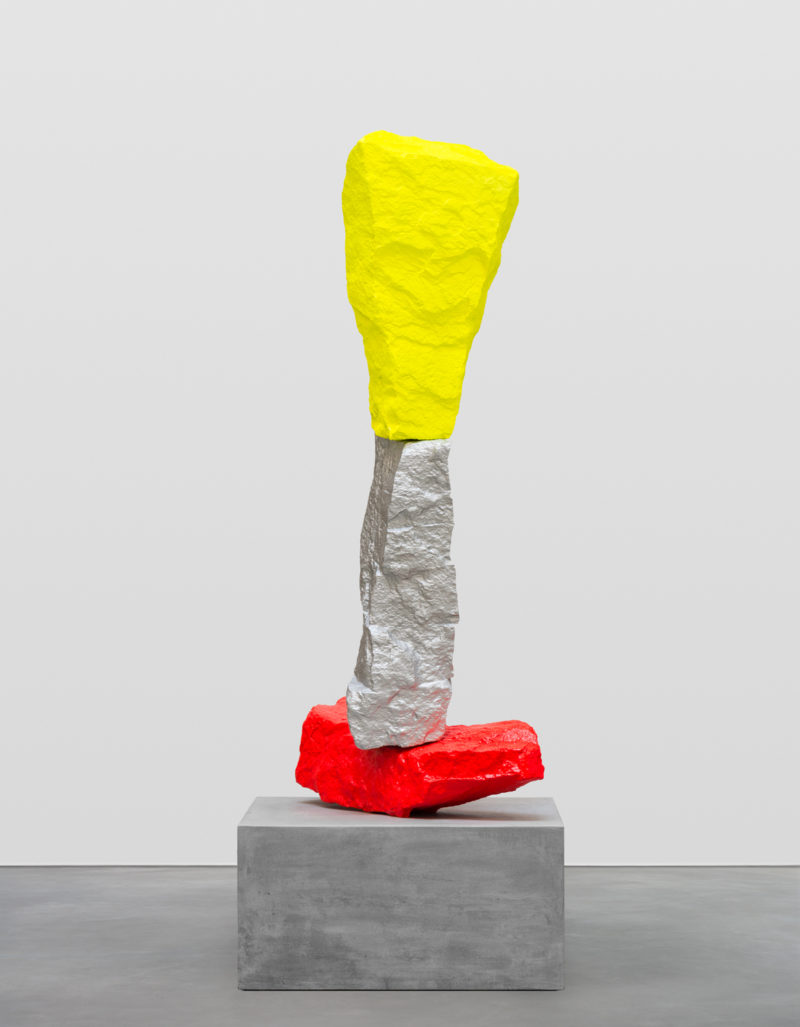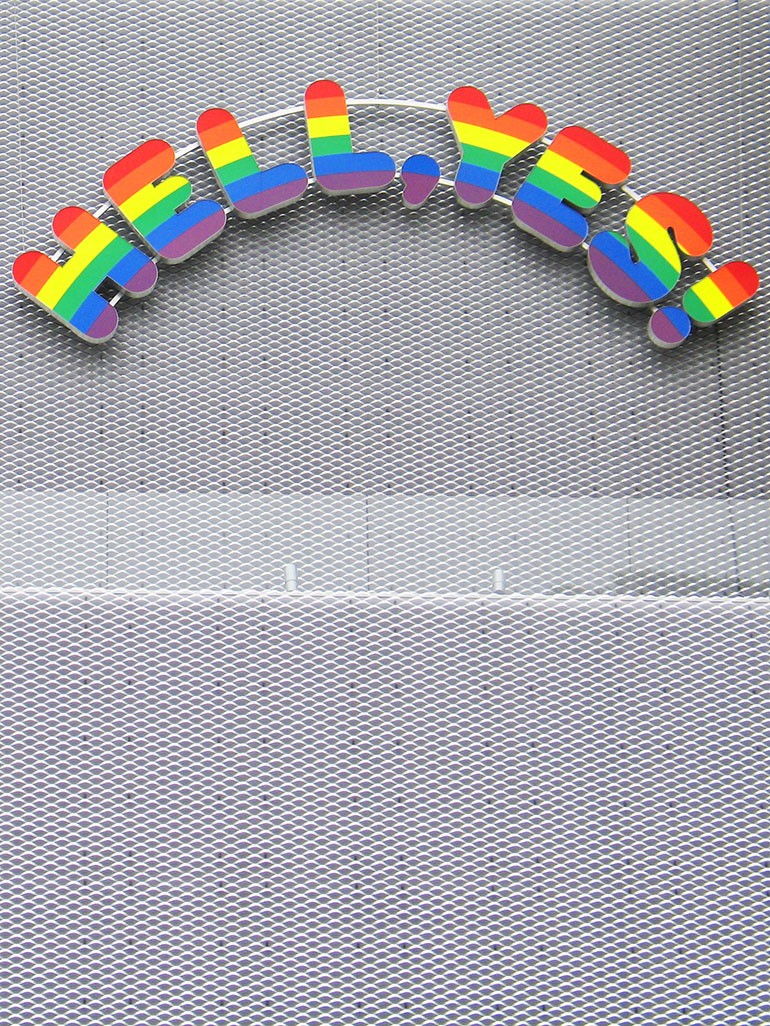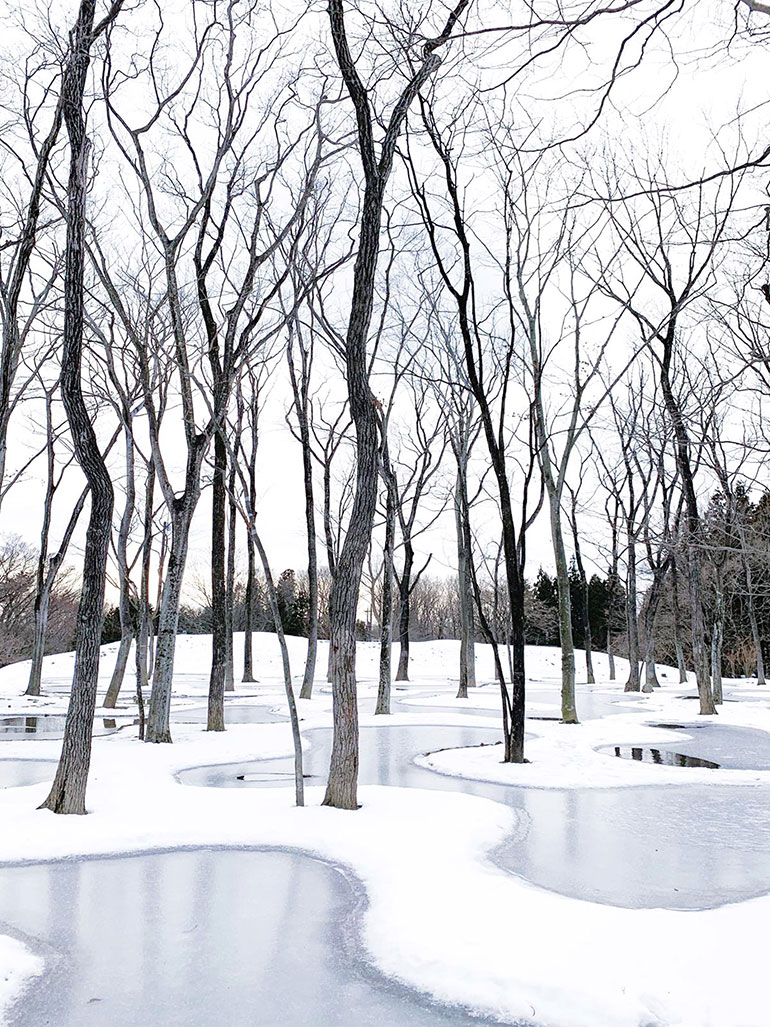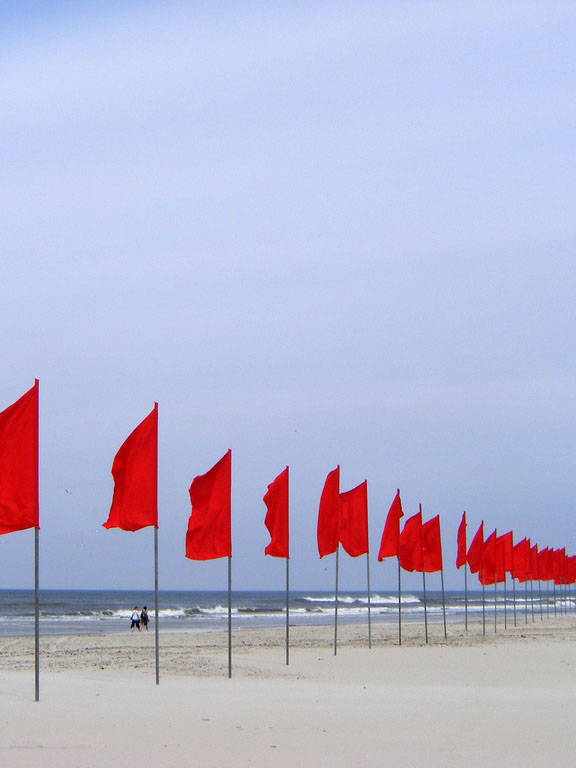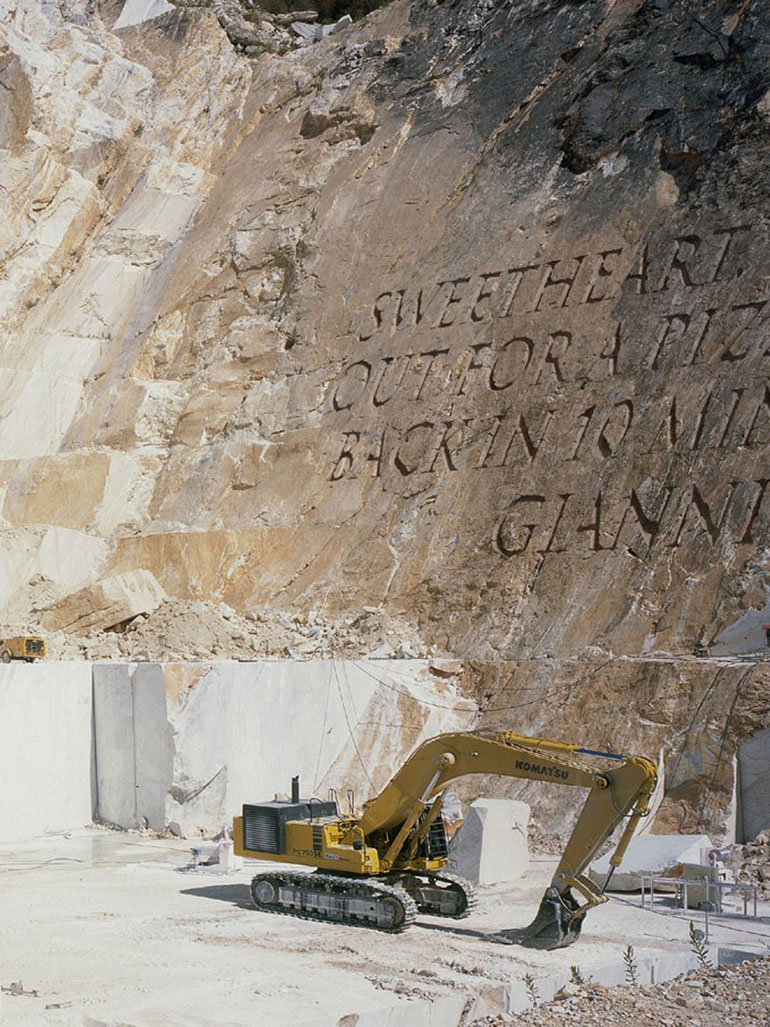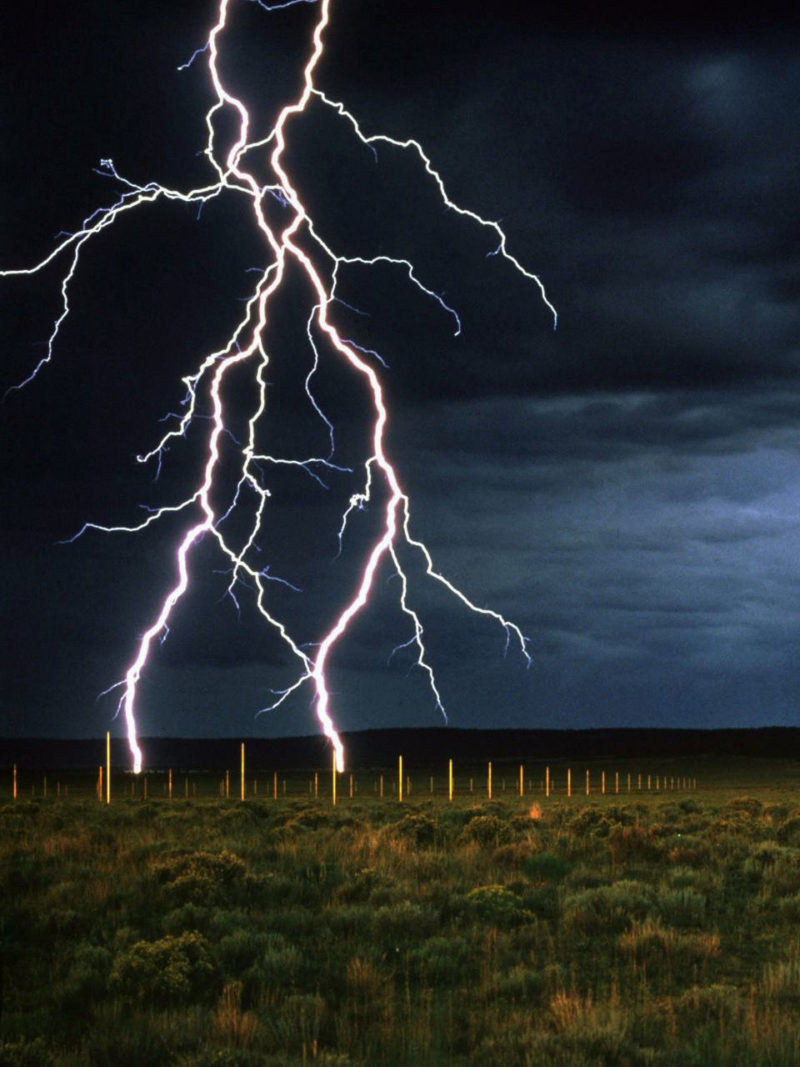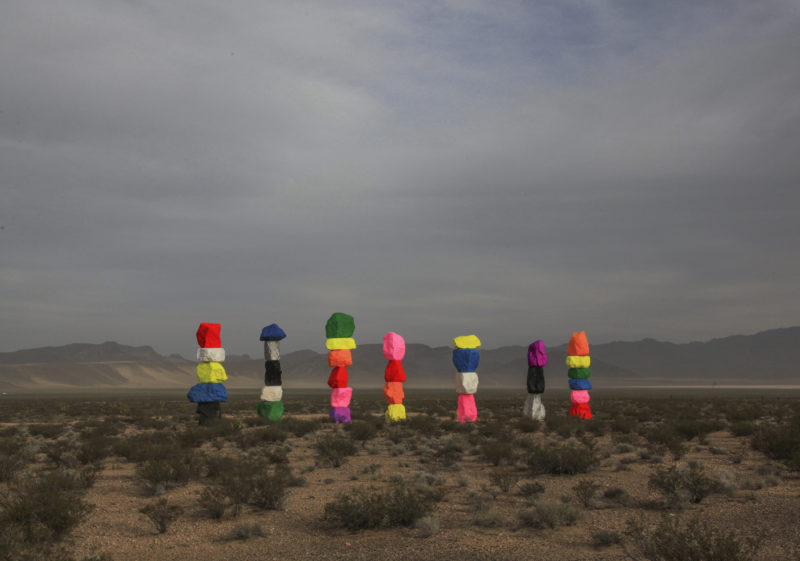
Seven Magic Mountains, 2016
Far in the desert south of the city of Las Vegas in Nevada, you will find seven colossal pillars of stones made by pilling small, colorful pebbles perpendicularly. The figures appear poised between monumentality and collapse, creating a striking sight amidst barren landscapes. Titled Seven Magic Mountains, the shapes were installed by internationally-renowned New York-based Swiss artist Ugo Rondinone.
Seven Magic Mountains is now one of the largest land-based art installations in the United States in the last 40 years.
Material
This large-scale, site-specific public installation consists of seven towering sculptures of stones. Each one is made up of three to six stones. 33 limestone boulders, each weighing between 10 and 25 tones, are stacked on top of one another to form towers of different heights between 30 and 35 feet (9 to 10.5 meters) tall and fortified by a sturdy backbone. Each stone on the pillar is painted with one specific, vivid, fluorescent color.
Rondinone used locally sourced rocks to create the pillars and chose the sight because it is physically and symbolically mid-way between the natural and the artificial.
The artwork was approximately five years in the making and was commissioned, produced, and financed by the Art Production Fund (APF) in collaboration with the Nevada Museum of Art.
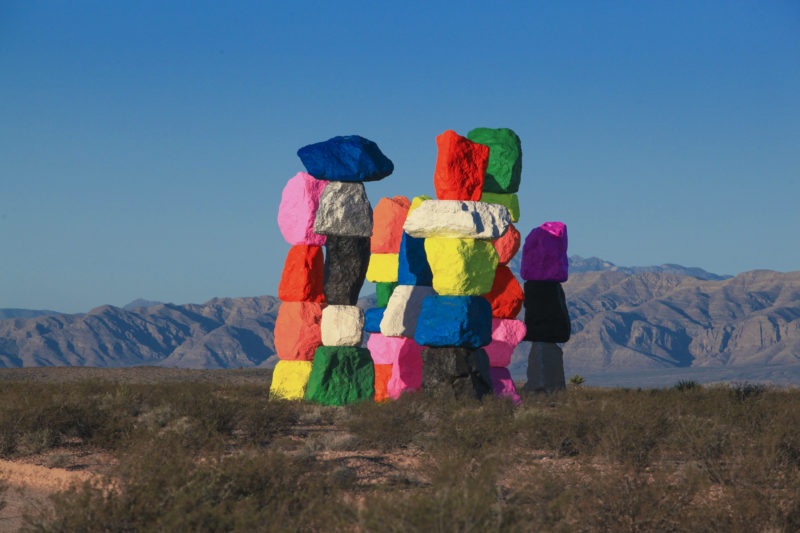
Context
The installation extends the artist’s long-running fascination with natural wonders and their reformulation in art. Throughout his artistic career, Rondinone has frequently given his project names and forms that evoke primordial occurrences, such as the sun, moons, air, and cosmos.
Referring simultaneously to existentialism, the natural world, and romanticism, Seven Magic Mountains encapsulates a type of mental trinity that underpinned Rondinone’s work for decades.
How the idea for Seven Magic Mountains was conceived
Speaking softly – almost in a murmur, but with genuine intensity, Rondinone says:
The intention was to bring poetry into the public space, with the contradiction of having a rainbow at night.
The artist got the idea for this installation some years back when working on another project underwritten by Public Art Fund involving installing colossal Stonehenge-like stick-shaped men, made of large rocks, at the Rockefeller Center, Manhattan.
The work was about presenting “something raw within an artificial environment – Rockefeller is the most highly artificial place, now I’m going to the desert with the same material, but just creating the contrary – setting something artificial into a natural environment.”
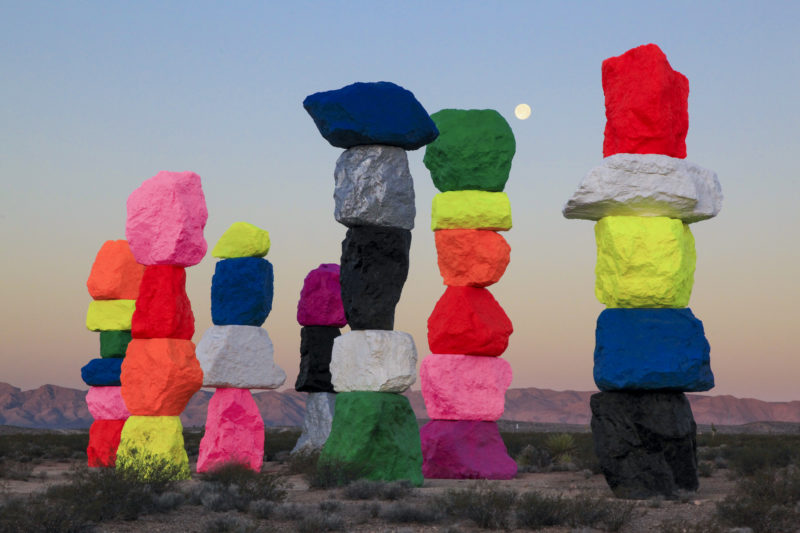
The story behind Seven Magic Mountains
Situated on three acres of federally owned land, the process of creating this installation involved several hoops, including bureaucracy and a lot of lobbying. The piece of land is under the jurisdiction of the Bureau of Land Management. So the artist had to spend approximately 20% of the total project’s budget in resolving federal, state, and local regulations while it took nearly three years to obtain a permit.
Typically, the Bureau of Land Management (BLM) consists of such personnel as geologists, biologists, ecologists, and administrators. There are no art historians in the agency’s staff lineup. For this reason, the conceptualization of this art project called for a herculean amount of bureaucratic artistry on both sides of the divide to overcome their differences. Thus, Seven Magic Mountains presented one of the perfect examples of challenges that usually face those help create a large-scale public installation, challenges that are often invisible in the final piece of art.
Aside from hiring a consultant to spearhead the sculpture’s construction, the Art Production Fund and Nevada Museum of Art also lobbied to modify the state’s liability law to allow the project to be completed.
For anyone to be granted permission by the BLM, they have to explain what they want to build, how they will build it, and what ecological impact it could have as per the 1969 National Environmental Policy Act (NEPA). However, those requirements are for anything other than artwork, according to the environmental and natural resource lawyer Silvia Harrison, who volunteered to work on the museum’s project. Even if the BLM could have bent the rules, utility-scale type of infrastructure would take up to two years at least to get a permit.
The Art Production Fund and Nevada Museum hired Sandra Fairchild, an environmental consultant, as the project manager. She was tasked with presenting the project through the BLM. Fairchild had experience working on large-scale projects that required scraping and clearing huge tracks of lands and dealing with the BLM in sourcing for project permits.
As it turned out, the processing of permits didn’t take two years as they had hoped, but three years. This was because the BLM had little guidance on how to approach the proposal for Rondinone’s Seven Magic Mountains since it relied on executive orders and regulations when offering permits for solar, natural gas, and transmission lines projects.
Moreover, the conceptual vision and design of Seven Magic Mountains shifted halfway through, from the original proposal involving only mounds of pebbles to the pillars of rocks that we know today. While conceptual shifts are not new within the confines of a gallery space, resubmitting the new design to the BLM meant additional processing time.
Recalling about the problems they went through, Fairchild said, “In hindsight, if I had known we’d have so many struggles, I’d have said ‘just do it and ask for forgiveness later.”
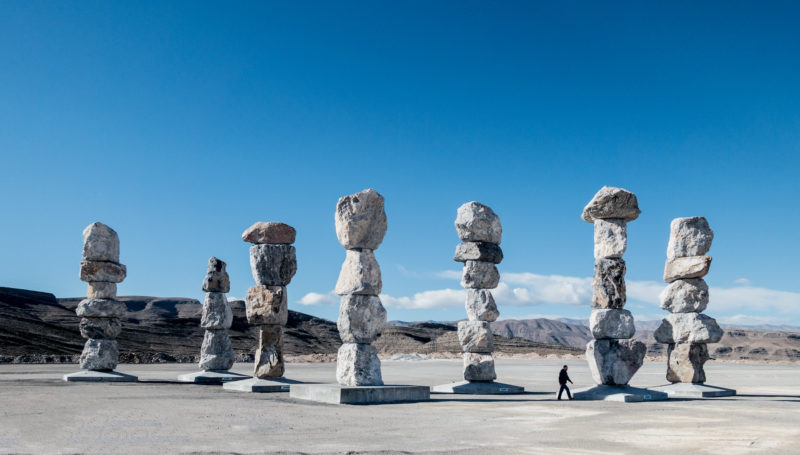
Environmental Assessment Report
Sandra Fairchild was tasked with preparing an assessment report, which she compiled in around 50 pages. Part of that report involved providing a visual simulation showing the sculpture in the environment. It also included five “key observation point” questionnaire, standard forms to be completed with information about the project, its location, and the contrast between the work and the environment from the “observation point”, such as a trail or a road—just the simulation of the actual project in environmental costs approximately $15,000.
According to BLM assumptions, a project’s visual effect should be minimal or placed in a site with less pleasurable natural beauty to reduce the contrast. This also posed a problem to the project since art is supposed to have a visual impact.
“It is a collision of two worlds: of an artist’s conceptual philosophy and the more linear brass tacks of an application process,” stated Kirsten Cannon, a public affairs specialist at the BLM. “It took some time to get that sweet spot,” she concluded.
In the end, the BLM granted the project site type right-of-way permit, which is usually a 30-year permit authorizing the use of the federal land for specific projects like the erection of communication towers, for three years.
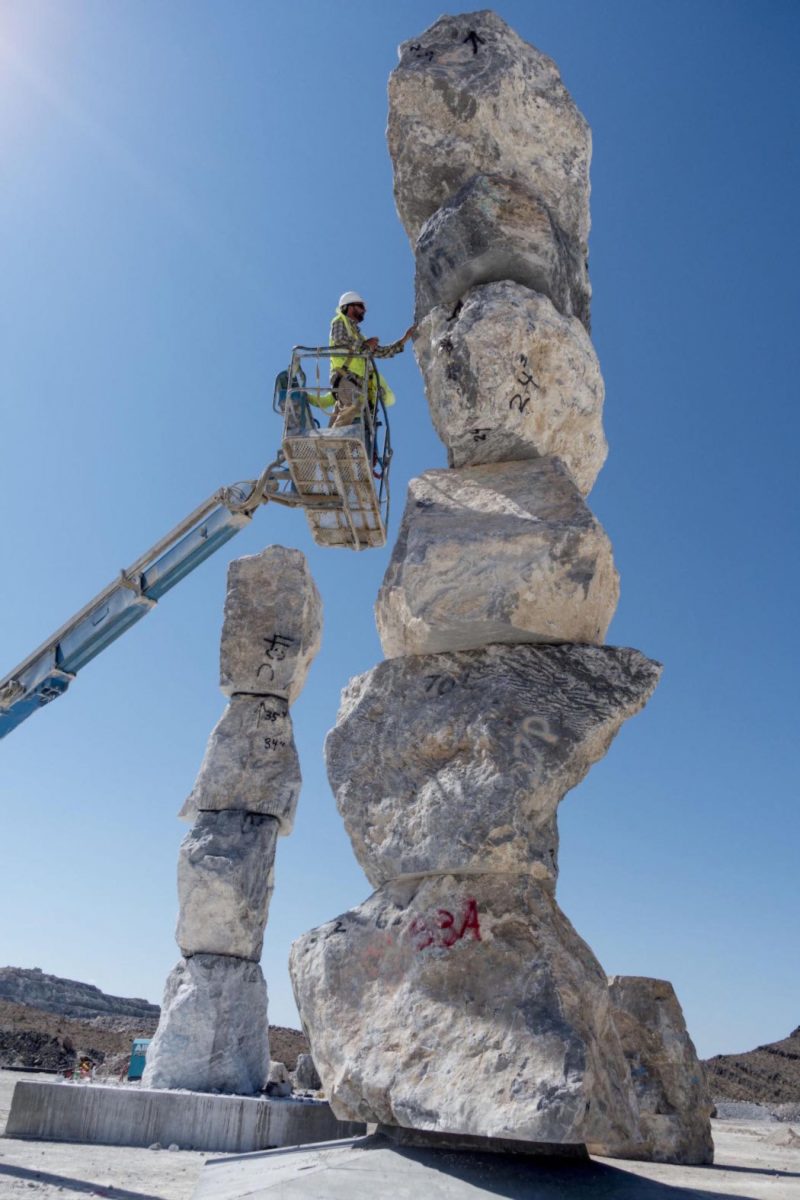
Dealing with legal requirements
The team also considered the potential legal liability of the project. The sculpture could present a financial risk to Rondinone, the museum, and to the extent, the fabricator of the artwork, if the brightly colored pebble pillars were regarded as “attractive nuisance”, which means they would pose a potential hazard in terms of drawing engagement from people with no knowledge of the associated risk.
Typically, property owns in most states have different duties to people they invite onto their land compared to those who sneak onto it without permission. But since the ruling by the Nevada Supreme Court in 1994, those distinctions were eliminated. This increased the liability of landowners and possibly exposed the artist and Nevada Museum and those involved in the project to liability should anyone get hurt while interacting with the sculptures.
However, the Nevada state legislature considered reversing the Supreme Court’s decision in 2013, just as the sculptures were erected. Sylvia Harrison, who was working on the project pro bono via the museum, saw an opportunity to piggyback on that to eliminate the liability on their part in case anyone injures themselves while “misusing or abusing” the sculptures.
“This was something that was so far out there for us,” executive director of Art Production Fund Casey Fremont said. “How could we assume responsibility for someone’s irresponsible behavior?”
Sylvia Harrison penned a law that removed a liability exemption for all public works. The law was supported by Greg Brower, the former Republican State Senator, and was moved through the statehouse without much resistance except for some small tweaks.
Today, the law was written by Harrison to help protect those who create, sponsor, or own public art – defined as freely accessible installations that are valued or cost above $25,000 – from liability in lawsuits brought by those who don’t heed the warnings and injure themselves in the process.
Video: Ugo Rondinone on Seven Magic Mountains
Renovation
After three years, the colors on the pillars had already started to fade, thanks to some extent to the more than a million visitors it received since it opened to the public. The Nevada Museum of Art initially wanted the installation to be temporary. However, due to its popularity, the display was extended through December 2021, with initial plans to permanently keep it up.
The automotive paint used on the rocks did not hold up well with the Nevada desert’s harsh weather, including the soaring temperatures that can sometimes rise above 100 degrees and micro-sandblasting caused by persistent winds.
Besides the fading of the paint, the piece also faced some vandalism, as expected of any public art. So in June 2019, the site was closed to the public while the Rondinone collaborated with restorers on-site to reevaluate the painting process and adapt the pigments used to ensure that the imposing totems will retain their Instagrammable vibrancy for several years.
The meaning of the work
Ugo Rondinone is known to be a lover of nature and some of his works revolve around the sun, the moon, and the cosmos. The artwork emphasizes the kind of interest the artist has in natural phenomena and how they reformulate in art and refers to the natural world, existentialism and romanticism, all concurrently in a mental trinity that the artist’s works have been known for. According to the artist, Seven Magic Mountains brings out the togetherness and unity between nature and human, natural and artificial, as well as the past and the present.
Why is it relevant?
This work has become like a special art pilgrimage site as it evokes a kind of spirituality bound to have spectators engaged and leave them in awe. The location brings about a feeling of stability from the mammoth sizes of the boulders. Seven Magic Mountains is placed strategically. Visitors can view it from different angles and perspectives, which helps this artwork get the expected reactions from the public. Whenever people stumble upon it, they smile and bring out their phones to take pictures. It is also making waves on social media as many people are talking about it.
How to visit Seven Magic Mountains
This installation is public art, meaning viewers are allowed to engage with it. Visitors can come up close to the pillars of rocks and read the explanatory signage and use their phones to listen to an audio tour.
The sculpture is open throughout the day so decide which time works best for you.
To reach the installation from Las Vegas, follow I-15 to and Sloan Road (exit 25) and turn left to Las Vegas Boulevard and you will see the piles of boulders on your left.
The location of the installation, which is near Jean Dry Lake, also puts it in physical proximity to some of the most iconic pieces of land arts by legendary artists such as Rift 1 (1968) by Michael Heizer.
S Las Vegas Blvd, Las Vegas, NV 89054
(775) 398-7228 (Nevada Museum of Art)
Open 24h
No admission fee
Parking
Please park in the onsite parking lot. Street parking is discouraged. No public transportation is available to the installation site.
The work is on display until December 31, 2021
Directions
From Las Vegas
From I-15 S to Sloan Rd. Leave at exit 25. Turn left (east) to Las Vegas Boulevard. Drive about 7 miles south on Las Vegas Blvd. Seven Magic Mountains will appear on your left (east).
From Los Angeles
Drive north on I-15 to Jean, NV. Leave at exit 12. Turn right (east) on NV-161 toward Las Vegas Blvd. Drive about 5 miles north on Las Vegas Blvd. Seven Magic Mountains Las Vegas will appear on your right (east).
Permanent mountain sculptures
| Name | Location | Year |
| Seven Magic Mountains | Las Vegas, Nevada | 2016 |
| Miami Mountain | Miami, Florida | 2016 |
| Liverpool Mountain | Liverpool, UK | 2018 |
| Doha Mountains | Doha, Qatar | 2022 |
Miami Mountain, 2016, Miami Beach
From the Nevada Desert, Ugo Rondinone took his limestone boulders to the weathers of Miami Beach. This single pillar consists of five rocks painted in Day-Glo rainbow colors and was acquired by the Bass Museum of Art.
Standing some 41 foot tall, Miami Mountain comprises stones weighing around 40 tons each, just like
While the Nevada sculpture is still a temporary installation, the Bass’s mountain is a permanent residence of Collins Park.
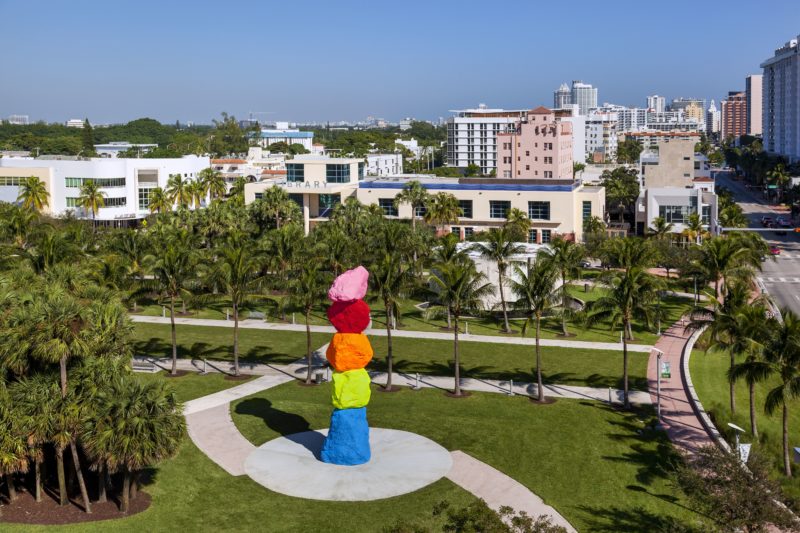
Speaking about the difference between the two installations, Silvia Karman Cubina, Bass executive director and chief curator, said:
It’s so different from the Seven Magic Mountains. There, it is a special art pilgrimage, and the experience is very spiritual. Here the engagement starts with casual surprise but moves to awe.
Also, since there are no mountains in Miami, this installation will be the first in the city.
However, the two locations present different sets of environmental challenges. Nevada is known for its earthquakes, while Miami for hurricanes. That is why in both installations, an iron spine was included to provide the arts with vital stability.
Also, the Nevada desert’s open landscapes permitted a long approach to Seven Magic Mountains, while the encounter with its Miami counterpart will be more sudden. But since the park is located at a crossroads, the viewers will have a chance to see it from different vantage points and therefore, “It will create a moment. It will be more concentrated.”
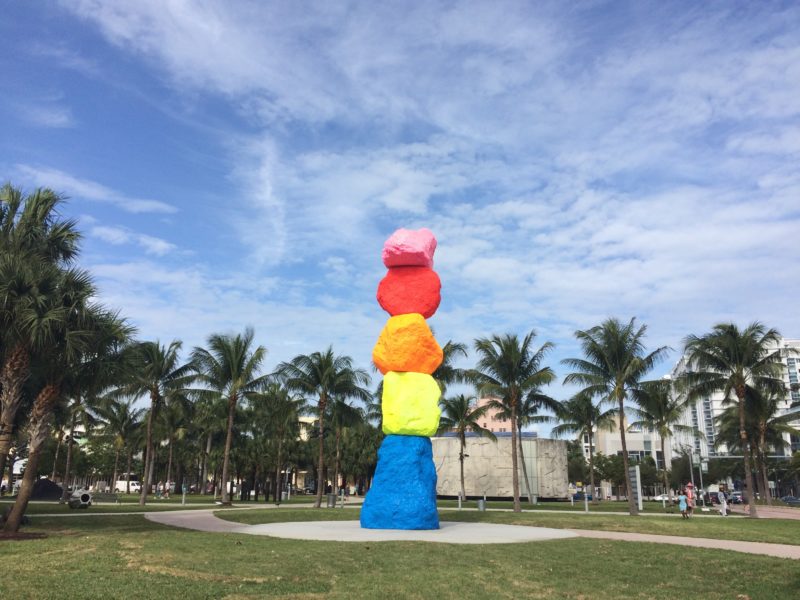
Liverpool Mountain, 2018, Tate Liverpool
Standing 10 meters high, the Liverpool Mountain is located on Liverpool’s famous waterfront and comprises perpendicularly stacked colored rocks. The installation was the first public art in the United Kingdom by the artist and a continuation of his Magic Mountains series.
The sculpture marked the 10th anniversary of Liverpool European Capital of Culture as well as the 20th anniversary of the Liverpool Biennial and the 30th anniversary of Tate Liverpool. It was underwritten by Liverpool City Region Combined Authority and supported by Royal Albert Dock Liverpool.
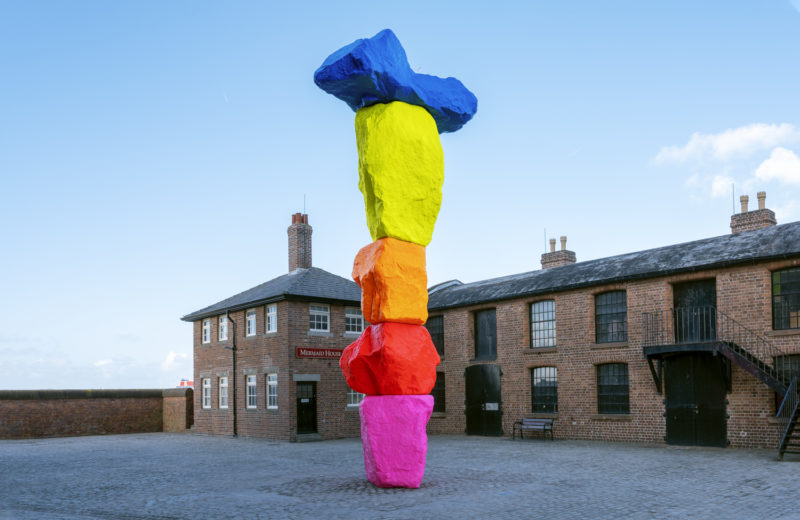
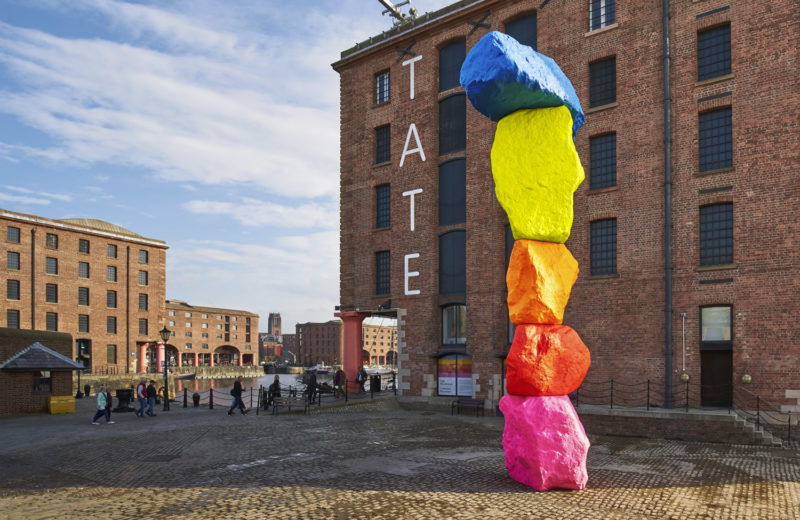
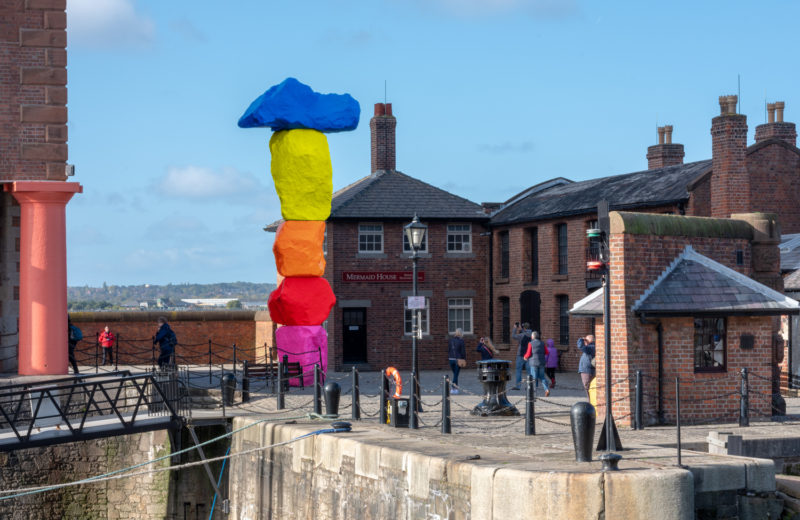
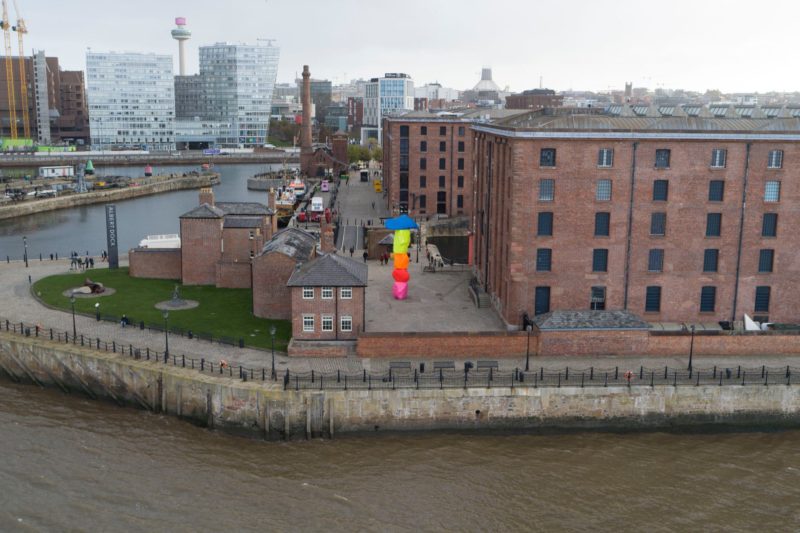
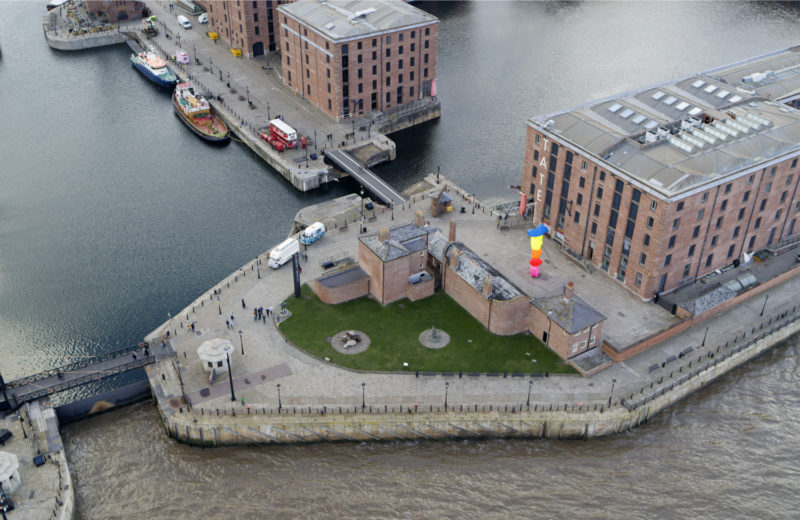
Doha Mountains, 2022, Doha, Qatar
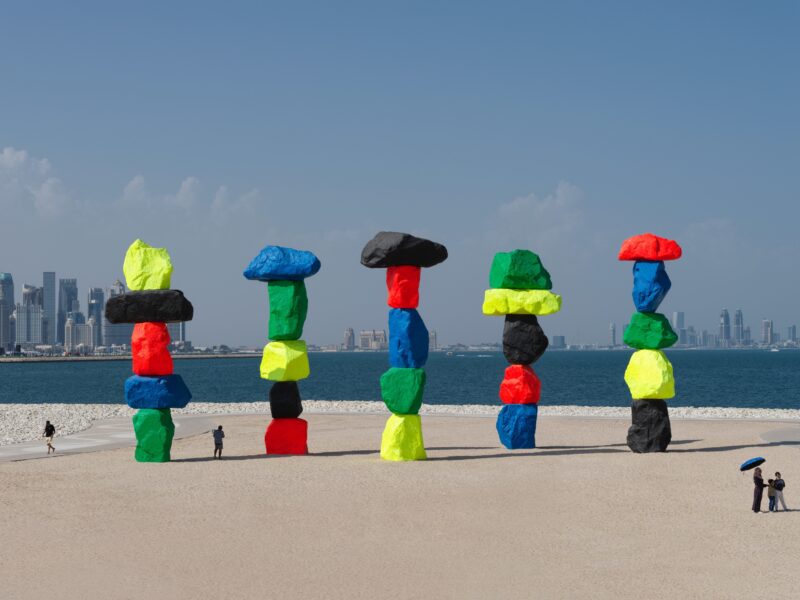
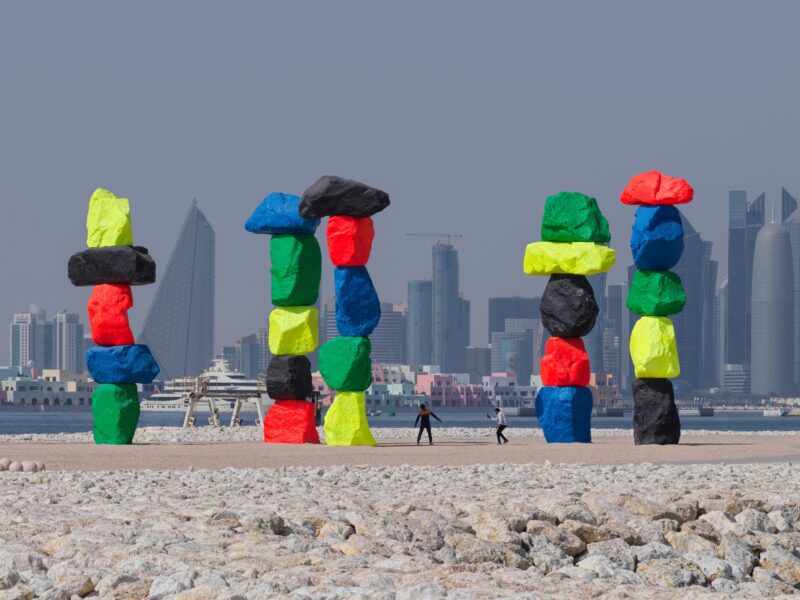
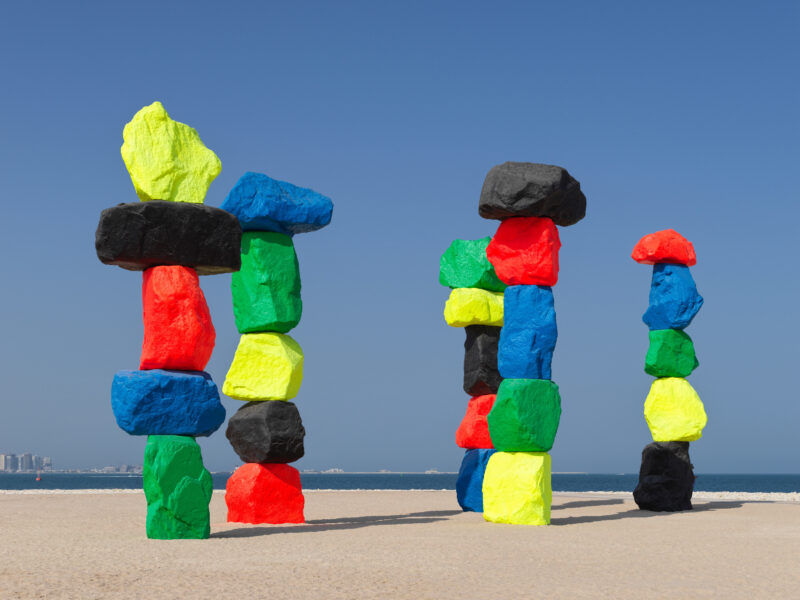
Mountain sculptures
